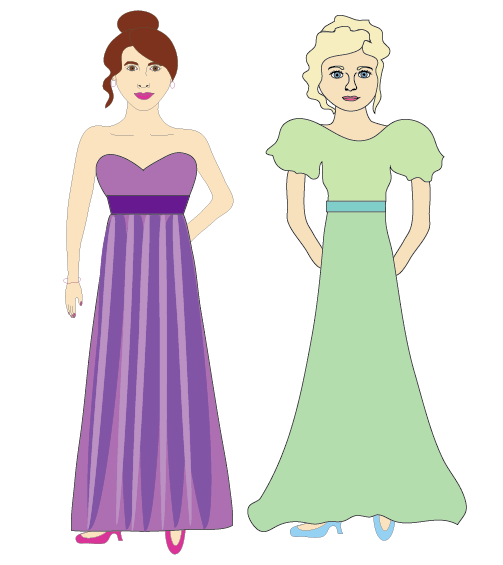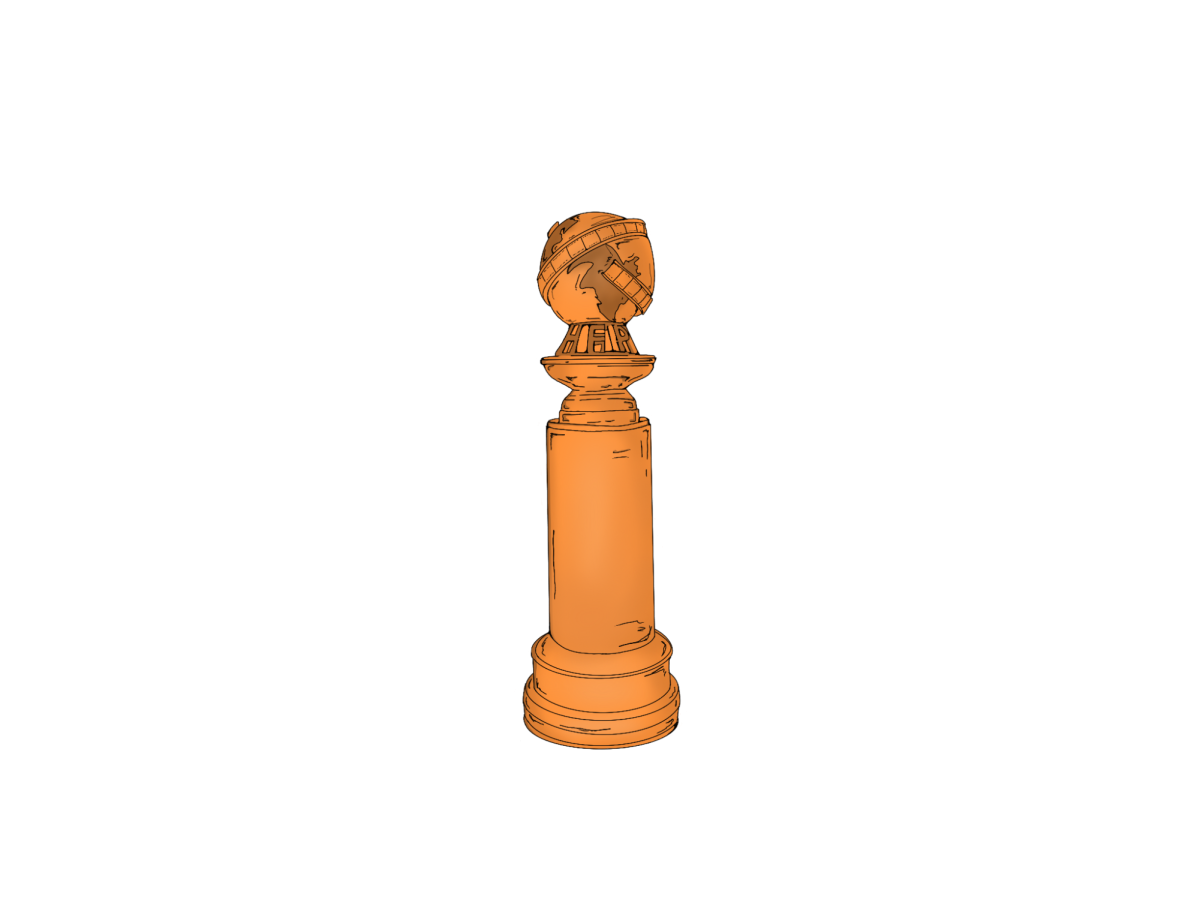With prom a little over a week away, many students are making final dinner reservations, choosing their shoes or purchasing corsages and boutonnieres. But these were not always the typical preparations for prom. Prom has been around for more than 100 years and has changed to become the social event it is today.
In the 1800s, before there was the concept of prom, there were debutante balls. At these balls, upper class girls “came out” into the dating scene to meet appropriate suitors her parents had selected. These balls followed strict etiquette and attendees wore fancy clothing.
Ivy League colleges eventually staged the first proms in the late 1800s. In this time, they were most likely chaperoned balls restricted only to college seniors, with two of the goals being to develop social skills and etiquette while eating a large dinner. Students would not purchase new clothing, but simply wear their church clothes.
By the 1900s, proms reached high schools. They were generally simple, and dancing only became an essential element of prom by the 1930s. During the post-World War II economic boom, proms increased in popularity as social events. People began attending with dates and girls began the custom of shopping for new dresses. Prom locations also shifted from school cafeterias or gyms to places like hotel ballrooms, country clubs and banquet halls. By the 1960s, proms were increasingly expensive, and committees began planning them up to a year in advance.
Especially in the 1960s (but continuing to today), if a student planned to bring a date to prom, often the girl would wear a corsage and the boy would wear a boutonniere. Corsages and boutonnieres were originally worn to weddings hundreds of years ago to ward off evil spirits, but by the mid-1900s, corsages were introduced as a sign of respect toward a boy’s date; he would take a flower from her bouquet and pin it to her dress. Now, corsages are worn around the wrist because many dresses no longer have straps.
In the 1980s, prom seemed increasingly important to teenagers as it was depicted as a coming-of-age experience in movies, including Pretty in Pink and Just One of the Guys. Now, according to a national survey by Visa, prom can cost up to $696 to $1,944 per teen for clothing, meals, transportation and location.
KHS’s prom is Saturday, April 27, and will be held at the Palladium Saint Louis. The Palladium was built in 1937 as the laundry facility for the first municipal hospital of St. Louis. By 1985, the hospital became crowded, under-funded and outdated, and it closed its doors permanently. The Palladium stood vacant for 23 years. In 2008, the Palladium was renovated to hold private events such as weddings and proms. This is the first year KHS is holding prom at the Palladium.
Lauren Weyerich, junior and class officer, is in charge of the prom playlist and advertising for the after party. She said at this year’s prom, several things will break tradition. For the first year, students created the playlist instead of leaving a DJ in charge of choosing the music. The after party is rock-climbing instead of bowling. Instead of serving entree food during prom, appetizers and desserts will be served. Prom also does not have a theme this year.
“We wanted to switch things up,” Weyerich said. “We like keeping some things the same, but we want to do something different and something new.”
Information courtesy of:










